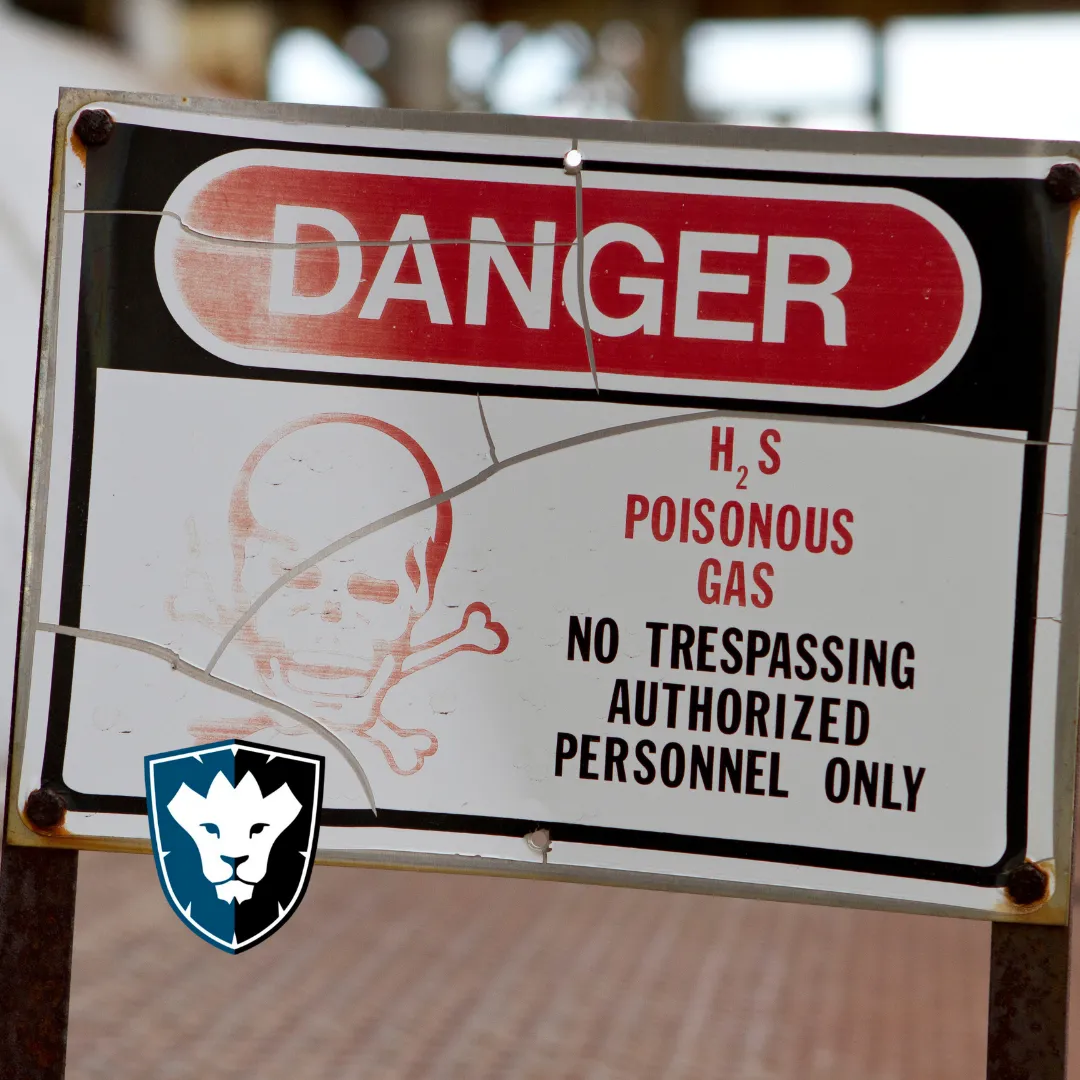Safety Training

The Future of Gas Detection: How AI and Wearable Tech Are Revolutionizing Lone Worker Safety
The Future of Gas Detection: How AI and Wearable Tech Are Revolutionizing Lone Worker Safety
Gas detection systems in 2025 have evolved far beyond basic alarms. With AI-powered predictive analytics, IoT-enabled wearable tech, and real-time cloud monitoring, today’s systems don’t just detect hazards—they prevent them. This blog explores how next-gen gas detectors like smart contact lenses for H2S monitoring and autonomous drone responders are transforming lone worker safety in oil & gas. Learn how Basin Safety’s 2025 training programs prepare workers for these advancements, covering AI interpretation, emergency drone coordination, and multi-gas nano-sensors. Discover why OSHA’s new 2025 confined space regulations mandate these technologies and how leading companies are integrating them to achieve zero-exposure workplaces.
Introduction: Gas Detection Enters the Smart Era
The days of beeping pocket gas detectors are over. In 2025, gas detection systems:
✔ Predict leaks before they happen using AI pattern recognition
✔ Communicate autonomously with rescue teams via 5G mesh networks
✔ Self-calibrate and diagnose sensor issues via blockchain logs
For lone workers in remote oilfields, these advancements aren’t just convenient—they’re lifesaving.
1. 2025 Breakthrough Gas Detection Technologies
AI-Predictive Hazard Mapping
Analyzes historical leak data, weather, and equipment telemetry
Alerts supervisors of high-risk zones 2-4 hours before shifts start
Case Study: A Permian Basin operator reduced H2S incidents by 62% using AI forecasts
Wearable Tech Revolution
Device2025 CapabilitiesSmart contact lensesReal-time H2S ppm display in visual fieldECG-integrated harnessDetects gas exposure through heartbeat anomaliesSelf-charging patch sensorsStick-on nanomaterials that last 90 days
Autonomous Emergency Response
Drones with gas-neutralizing nanofog deploy in <90 seconds
Exoskeleton-equipped rescue robots enter IDLH atmospheres
2. OSHA’s 2025 Gas Detection Mandates
New requirements taking effect March 2025:
Continuous cloud logging of all gas readings (no more "monitoring vacations")
AI-assisted permit systems that lock out entries during predicted risk windows
Multi-sensor redundancy for all confined space operations
3. Training for the Next Generation of Gas Safety
Basin Safety’s 2025 curriculum covers:
✅ Interpreting AI risk forecasts (When to trust the algorithm)
✅ Wearable tech troubleshooting (Lens calibration, nanofiber sensor replacement)
✅ Drone-assisted evacuation protocols
Real-World Drill Scenario:
Trainees practice responding to a simulated H2S leak where:
Smart lenses detect rising levels
AI recommends evacuation route via AR goggles
Worker triggers drone dispatch while retreating
The Future is Here—Are You Prepared?
The 2025 gas detection landscape demands proactive, tech-integrated safety strategies. Basin Safety’s certified programs ensure your team stays ahead.
Don't wait for an accident to highlight your safety gaps. Contact us today or visit our website to strengthen your safety protocols and protect your team.
Contact Us:
(701) 572-8140
www.basinsafetyus.com
Archives
Categories
Benzene Testing
Bloodborne Pathogens
Breathing Air Systems
Certification Process
Confined Space Attendants
Confined Spaces
Construction Equipment Operators
Electrical
Environmental Compliance
Excavation and Trenching
Fire Extinguisher Training
Forklift Operator
Hazcom Workplace Safety
HAZWOPER
Hearing Protection Training
Heavy Equipment
Hydrogen Sulfide
Lone Worker
Lone Worker Solutions App
Monitoring
Oil and Gas
Oil Drilling
Online Training Confined Spaces
Permit-required
PPE
Radiation Safety
Rescue Equipment
Rescue Team
Safety Consultants
Safety Devices
Safety Tracking
Safety Training
Site Inspections
Training 1
Training 2
Training 3
Training 4
Training 5
Uncategorized
Virtual Access to Safety Data
Waste Haulers
Confined Space Rescue
VISIT US
4401 16th Avenue West Williston, ND 58801.
2740 Sims Street Suite B Dickinson , ND 58601
(701) 572-8140

BASIN SAFETY CONSULTING CORPORATION
Basin Safety believes in shared excellence. We are accountable to our core values:
● Pioneering Excellence Everyday
● Supporting each other to put customers first
● Asking the right questions, to ensure the greatest results.
Basin Safety Consulting © 2025. All rights reserved.
Powered By Upleveled Strategies

BASIN SAFETY CONSULTING CORPORATION
Basin Safety believes in shared excellence. We are accountable to our core values:
● Pioneering Excellence Everyday
● Supporting each other to put customers first
● Asking the right questions, to ensure the greatest results.
VISIT US
4401 16th Avenue West Williston, ND 58801.
2740 Sims Street Suite B Dickinson , ND 58601
(701) 572-8140
Basin Safety Consulting © 2025. All rights reserved.
Powered By Upleveled Strategies

